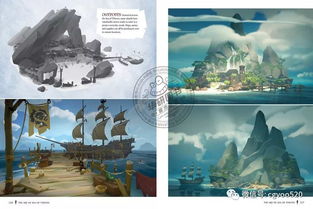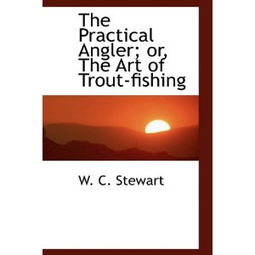In the serene beauty of a fish pond, the sound of water gently lapping against the shore creates an idyllic setting for anglers to pursue their passion. However, simply having water in a fish pond does not guarantee a successful fishing trip. To truly master the art of fishing in such an environment, one must employ a variety of techniques and strategies. This article delves into the essential tips and techniques that will help you become a proficient angler in a water-filled fish pond.
Understanding Your Pond
Before you cast your line, it is crucial to understand the characteristics of the fish pond you are fishing in. Consider the following aspects:
Fish Species: Different species of fish have varying preferences for feeding and habitats. Research the types of fish that inhabit the pond, as this will influence your choice of bait and fishing methods.
Water Quality: The clarity and temperature of the water can significantly impact fish activity. Clear water often indicates healthy fish, while murky water might suggest recent disturbances or poor water quality.
Pond Structure: Observe the layout of the pond, including any visible structures like rocks, logs, or vegetation. These can be prime spots for fish to hide and feed.
Choosing the Right Equipment
The right equipment can make a significant difference in your fishing experience. Here are some essential items to consider:
Rod and Reel: Select a rod and reel that match the type of fish you are targeting. A lightweight spinning rod is often suitable for most pond fishing scenarios.
Line: Use a line that is appropriate for the fish species and the size of the pond. Monofilament or fluorocarbon line are popular choices for their strength and invisibility to fish.
Bait: The type of bait you choose should mimic the natural food sources of the fish in the pond. Live bait, such as worms or minnows, can be highly effective, but artificial lures can also work well.
Strategies for Successful Fishing
Once you have the right equipment, it's time to apply some strategic techniques:
Patience is Key: Fish in a pond are often less active than those in a river or lake. Be patient and wait for the fish to bite rather than constantly reeling in and casting.
Cast with Precision: Aim for areas with structure or cover, as these spots are more likely to hold fish. Cast your line with precision to ensure your bait lands exactly where you want it.
Adjust Your Bait Presentation: Experiment with different retrieve rates and bait presentations. Sometimes a slow, steady retrieve can be more effective than a fast, erratic motion.
Use a Variety of Baits: If you're not getting bites, try changing your bait. Different fish may respond better to different types of food.
Observe the Weather: Fish activity can be greatly influenced by weather conditions. Overcast days or cooler temperatures can often increase fish feeding activity.
Time of Day: Fish are most active during dawn and dusk. These are the best times to fish, as fish tend to feed more actively during these periods.
Safety and Etiquette
Lastly, always prioritize safety and adhere to good fishing etiquette:
Respect the Environment: Keep noise levels to a minimum and avoid disturbing the fish or other wildlife.
Stay Safe: Be aware of your surroundings and use caution when walking near the pond's edge or when reeling in your line.

Follow Local Regulations: Be aware of any local fishing regulations or restrictions that may apply to the pond you are fishing.
By combining a thorough understanding of your pond, the right equipment, strategic fishing techniques, and a respect for the environment, you will be well on your way to becoming a successful angler in a water-filled fish pond. Remember, the key to success lies in patience, observation, and adaptability. Happy fishing!












